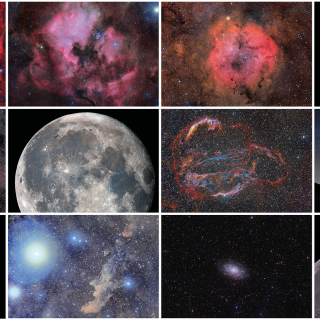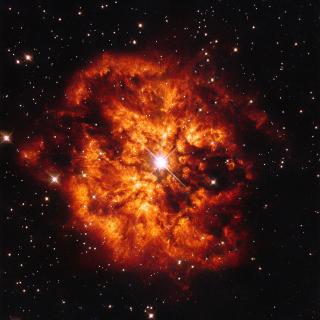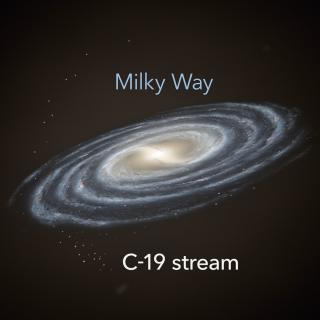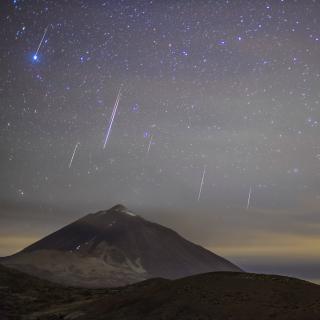
The Unit of Communication and Scientific Culture (UC3) of the Instituto de Astrofísica de Canarias (IAC) in collaboration with the Museum of Science and the Cosmos (Museums of Tenerife) has edited an astronomical wall calendar, with astronomical ephemerides for the year 2022, which can be consulted and downloaded in digital form and can be obtained in physical form at the IAC Headquarters in La Laguna (Tenerife) and at the Centro de Astrofísica en La Palma (CALP), in Breña Baja (La Palma). The 12 astronomical images which illustrate it have been obtained by astrophotographer Daniel López
Advertised on




